Gross, slimy, smelly, and dangerous to people and pets, mold is the last thing you want to see growing in your home. Mold won’t necessarily destroy your homestead, but it can make family members and pets sick while it makes your home, barns, outbuildings, chicken coop, root cellar, livestock pens, and pump house look awful and smell bad.
Mold can weaken the structural integrity of the home, diminish comfort, negatively impact indoor air quality, and erode property values.
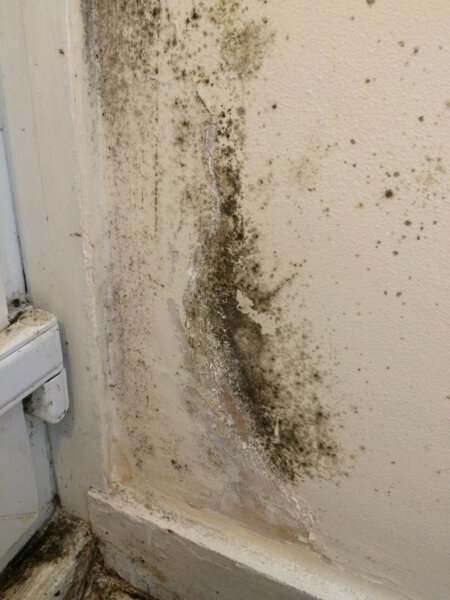
If mold is present in the home, it poses a serious health threat: especially to infants, young children, pregnant women, the elderly, and people with compromised immune systems or existing respiratory or neurological conditions. When mold invades the homestead, household members are more likely to experience sinus headaches, irritated eyes, coughing, sneezing, and difficulty breathing.
I speak from experience. You do not want mold living in your home. Read on to find out how mold gains a foothold in your homestead, how to effectively clean to get rid of the nasty stuff, and how to prevent mold from taking up residence again.
What Is Mold?
There are several thousand different types of mold. However, they all have two distinct characteristics in common. First, all molds’ primary purpose is to digest organic material. Secondly, mold requires moisture to activate the digestive process.
As part of the Fungi kingdom, mold, is neither plant nor animal. It is a microscopic organism containing enzymes responsible for decomposing/digesting and microscopic spores responsible for reproduction. Moldpedia.com advises, “Unlike plants, molds do not get their energy from the sun through photosynthesis. In fact, the sun’s ultraviolet light inhibits mold growth.”
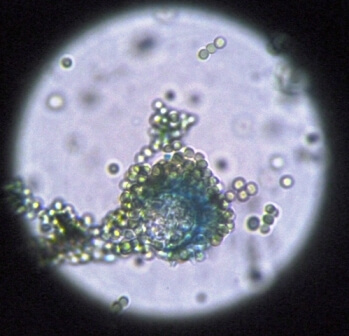
Aside from the bad rep that the fungi typically gets, mold is an integral part of the world ecosystem. Annually, mold consumes billions of tons of organic waste and is necessary for biodegradation.
Without mold, toppled trees, dead animals, and fallen fruit would not decay and decompose: leaving the earth piled high with organic waste.
Mold is also a crucial component in many medicines and foods such as penicillin and cheese.
That being said, problems tend to arise when mold attacks those things we don’t want to decay and decompose.
Mold Needs To Consume To Survive
Airborne mold spores are everywhere. You can’t get away from them. Mold can latch hold and begin to grow on any moist surface in less than 24 hours. To replicate and grow, mold requires only moisture, oxygen, and organic material.
https://www.instagram.com/p/BYyZ5CKH6aI/?tagged=mold
Although most molds grow in warm temperatures, there are some molds that thrive at sub-zero temperatures. If the environment that promotes mold growth changes and conditions are unfavorable, mold may not die. The organism can lay dormant until conditions improve, at which time it will begin to grow again. See why mold can become a serious problem?
Prevent Mold Before It Becomes A Problem
Keep all areas of your home clean and dry because mold requires moisture. When mold attacks the building materials in your home, it often first appears as a stain and may present in a wide range of colors.
Now is the best time to do a maintenance inspection around your homestead, checking for areas of high humidity or signs of water damage.
Mold can thrive around leaking pipes or anywhere condensation forms. That includes within walls and above ceiling tiles. Dry Rot Fungus, which targets wood building materials, is especially destructive when allowed to grow unimpeded on structures.
Inspecting For Potential Mold
Consider the areas around your homestead that are prone to dampness. Does the basement flood or do upstairs windows tend to develop condensation? Are ceilings stained from a persistent leak?
Start with the home basement, or crawl space, looking for dampness. Inspect the attic, bathrooms, closets, and cupboards. Indoors, mold can grow anywhere, thriving on drywall, fabrics, insulation, wallpaper, ceramic tile, plumbing pipes, fixtures, floor tiles, leather, and carpeting. Don’t forget to check on house plants and food, too.
https://www.instagram.com/p/jx_tn-pVip/?tagged=moldproblems
Outdoors, mold thrives in soil, on plants, and rotting dead animal carcasses. Mold proliferates quickly, spreads vigorously, can be difficult to control, and is nearly impossible to eradicate.
Mold loves to munch on dust and dirt that accumulates in moist areas of the home. Keeping a clean home goes a long way towards mold prevention.
Preventing mold growth and spread may be as simple as removing carpeting from a damp basement, repairing leaking rain gutters, or installing mold-resistant building materials. On the other hand, mold removal may be as complicated as a major excavation project.
No matter the extent of the problem, mold will not go away on its own.
Removing mold from your home may cost time and money now. However, left unchecked, mold continues to grow. The problem will only become bigger and more costly to address in the future.
Use Mold Reduction Building Supplies
No matter if you are considering building a new home or remodeling or repairing an older structure, choose mold-resistant building materials such as mold-resistant drywall and mold-resistant paints.
More On Moisture
When the ground surrounding a structure isn’t sufficiently sloped away from the structure’s foundation, moisture can accumulate. That moisture can seep into crawl spaces or the basement. A French drain may be required to divert water away from the buildings.
https://www.instagram.com/p/BVFSjRoBJqE/?tagged=moldproblems
Condensation from plumbing pipes, seepage into a basement following a heavy rainfall, or even liquid spilled on carpeting needs to be dried up within 48 hours. Don’t leave damp laundry lying around the house and remember to sop up water on floors and walls after a shower.
Avoid Moisture Build-Up With Proper Ventilation
Make sure the bathrooms, kitchen, basement, laundry room, or other high-moisture areas are properly vented. Vent appliances that produce moisture—such as air-conditioners and clothes dryers—to the outdoors rather than venting into an attic, basement, or crawl space.
Make sure that dehumidifiers and air-conditioning units do not become a source of moisture accumulation indoors by cleaning and servicing them on a regular basis. A snug, well-constructed home may trap moisture inside the structure. When cooking or showering, open the window a bit or turn on an exhaust fan.
Checking The Home’s Exterior
When drain spouts and roof rain gutters are clogged with leaves and debris, they can’t drain properly. This is the perfect breeding grounds for mold. Clean gutters every spring and fall to prevent mold proliferation.
Inspect your roof at least once a year, preferably before the wet season. Look for loose or missing shingles or indications of roof damage. A leak in the roof can allow moisture to enter the structure to settle in insulation or ceiling tiles.
Monitor Indoor Humidity And Airflow
The United States Environmental Protection Agency advises it is best to maintain indoor humidity between 30 to 60 percent. Moisture can be monitored with an inexpensive moisture meter available for purchase online or from local hardware stores.
https://www.instagram.com/p/jGTR9kpVvk/?tagged=moldproblems
If moisture in your home averages higher than the EPA’s recommended percentage, consider purchasing portable dehumidifiers for water prone areas. Or, talk to your heating and air conditioning contractor about the option of installing a dehumidifier to your home heating and air conditioning central system.
Open doors between rooms and move heavy pieces of furniture away from walls to help increase air circulation. On dry, sunny days, open windows to allow fresh air into structures.
Home Storage
Do not store seasonal clothing and household items in cardboard boxes in a damp basement, attic, garage or storage shed. Mold loves to feed on cardboard.
To prevent mold build-up and to keep contents clean and fresh, store items in airtight plastic storage tubs or containers. My personal choice for storage, is clear plastic interlocking, stackable 70-quart tubs.
The clear plastic makes it easy to see the contents. Since the tubs are stackable, you can save space without danger of toppling and breakage.
Natural Ways To Get Rid Of Mold
Don’t add to the problem of toxins in the home by resorting to tackling mold cleanup with a noxious chemical cleaning product. Choose natural products that are non-toxic if inhaled and allowed to touch the skin.
Grapefruit Extract
Although a bit costly, pure, food-grade grapefruit extract is the most efficient natural mold removal product available. Order online or find the extract at homeopathic supply stores. Simply pour a bit of the extract on a clean cloth and use to wipe mold prone surfaces.
White Vinegar
My favorite cleaning product is white vinegar. White vinegar is readily available, it’s cheap, and it works. I use white vinegar to clean just about everything. Spray shower stalls, toilets, countertops, tile, and other hard surfaces with white vinegar and wipe off with a clean wet cloth.
https://www.instagram.com/p/BYC8VNaAtqX/?tagged=whitevinegar
Mold is gone, and the air smells fresh and clean.
Tea Tree Oil
Mix 20-30 drops of Tea Tree essential oil with one cup of water and put it a spray bottle. Use this spray to wipe down surfaces and to spray in damp, moisture collecting areas of the homestead. Tea Tree Oil effectively kills mold spores.
HEPA Filtration Systems
If mold is a major problem in your home, consider installing a HEPA filtration system. HEPA filtration filters out mold spores, disease-causing bacteria, dust, pollen, and ultrafine airborne particles, while eliminating mold spores from the air in minutes.
If your home suffers flood damage, call the professionals. Even though you can attempt to dry out the structure with fans and fresh air, moisture trapped in drywall, wood surfaces, insulation, ceiling tiles, and carpeting is extremely difficult to remove without professional equipment and resources.
https://www.instagram.com/p/BWj2YCZBGAI/?tagged=hepafilter
Keep in mind that finding even small amounts of mold in seemingly innocuous places, is not a good thing. Take action to suppress and prevent mold before it makes you, your family, or your pets ill.
References:
- Mold, United States Environmental Protection Agency
- What Is Mold? Mold And Bacteria Facts
- Mold Allergy, Asthma and Allergy Foundation

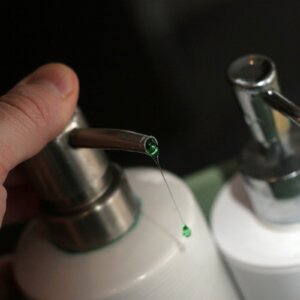


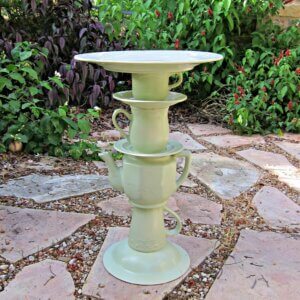
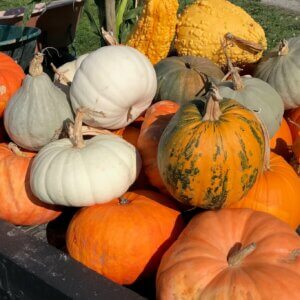



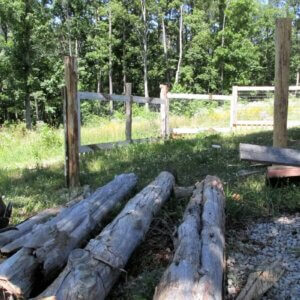
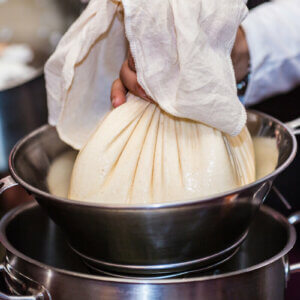
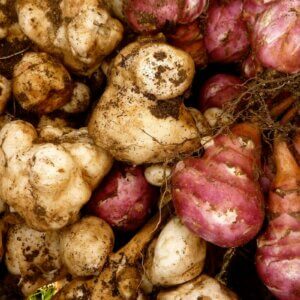


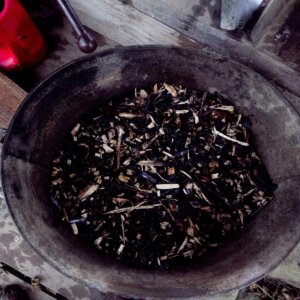
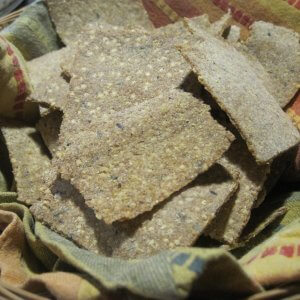


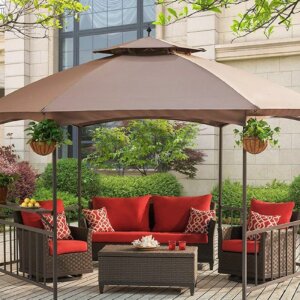



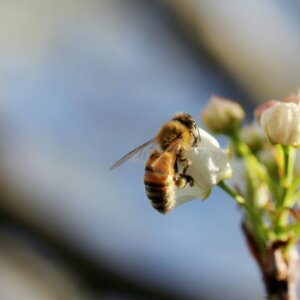
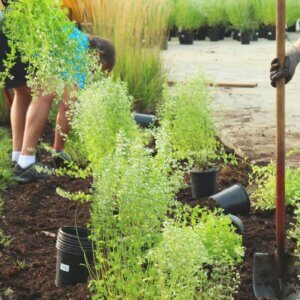


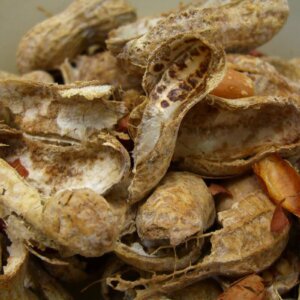
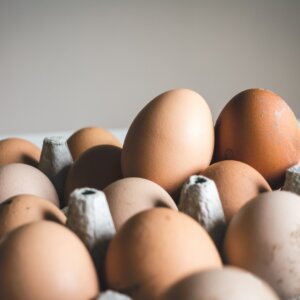








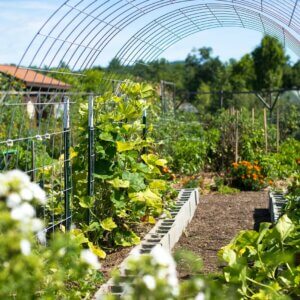
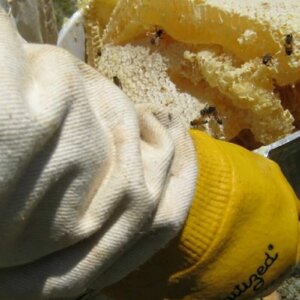

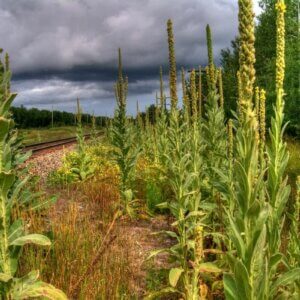
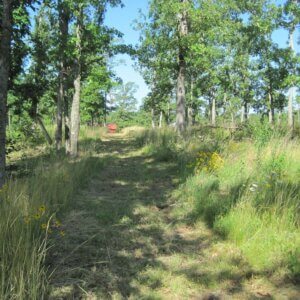
Marlene, I really enjoy reading articles on here, this one specifically due to the hurricanes that hit Texas and other states this years, Being from south Texas, Orange, which was affected by Harvey. the mold is taking over. Your home remedies are awesome. I use vinegar and Dawn on my shower stalls, Great to clean. I have a question, which has nothing to with this article, My wife has Tinnitus really bad, and takes over her life when her ears going to ringing really bad. Has ask me to divorce her so I could enjoy life. That will never happen, be by her side to till death do us part. Back to the question, Sorry, All the home remedies out there, can you suggest something that might help her. All Dr. want to do is more test and more test. Nothing is helping. WE have tried alot of herbs, drops, it ease it up a little but not to wear she can enjoy life. Please I beg for a good home remedy. Thank you.
Go on you tube and check out a video by Dr. Mandel for a simple self remedy for tinnitus. It works. Really simple and why it works is a mystery to me! Good luck!
Go on you tube and check out a video by Dr. Mandel for a simple self remedy for tinnitus. It works. Really simple and why it works is a mystery to me! Good luck!